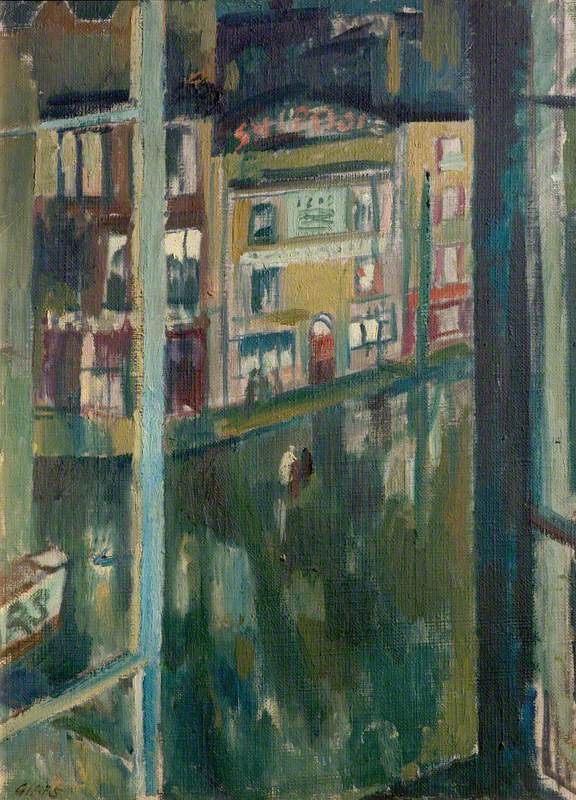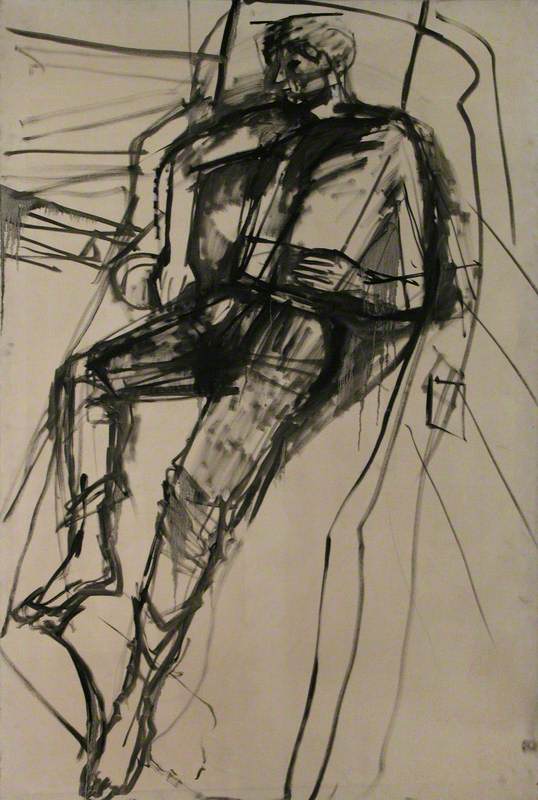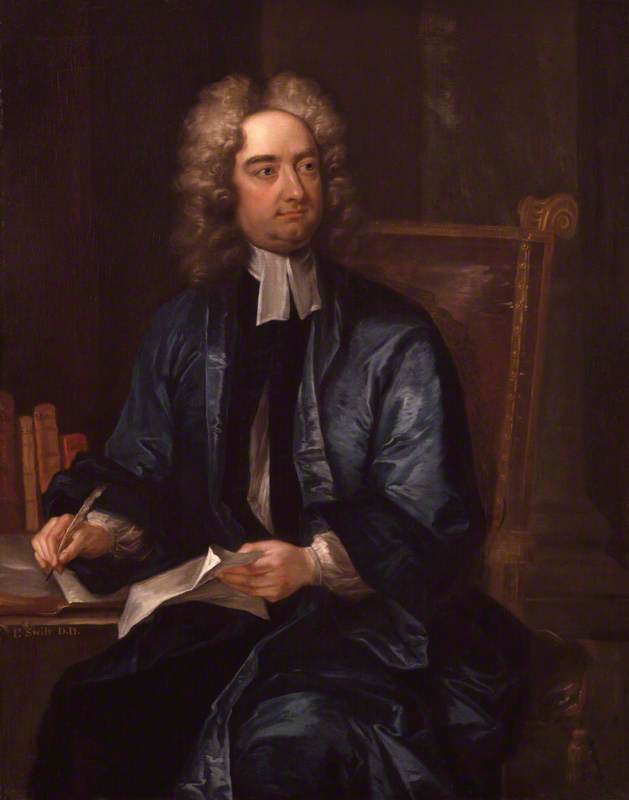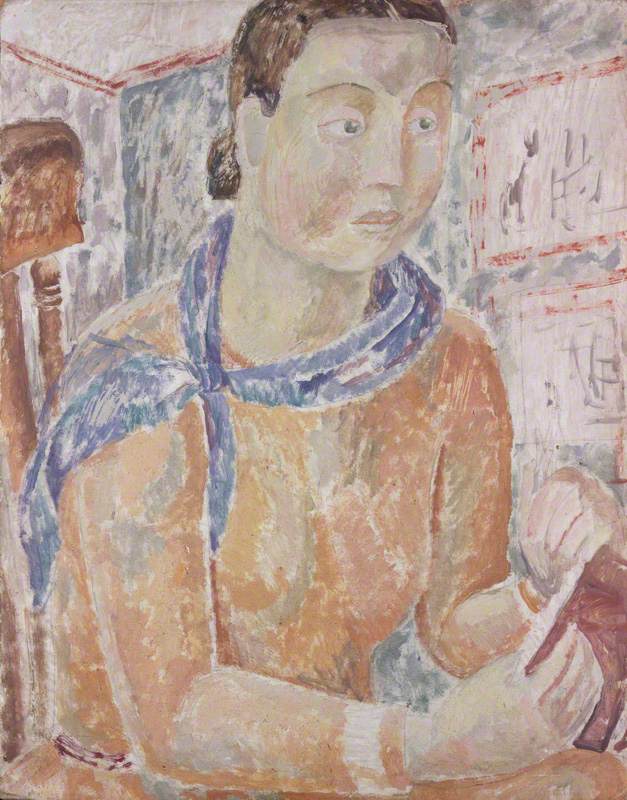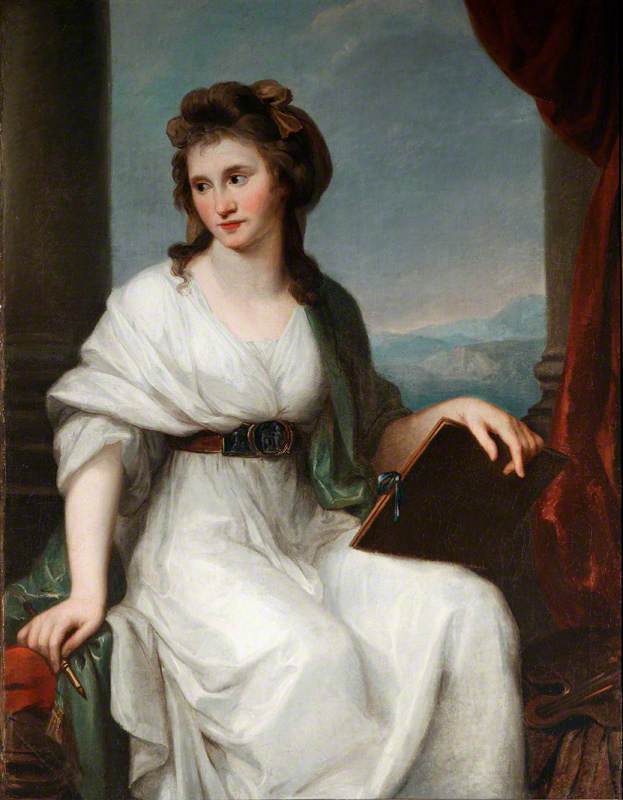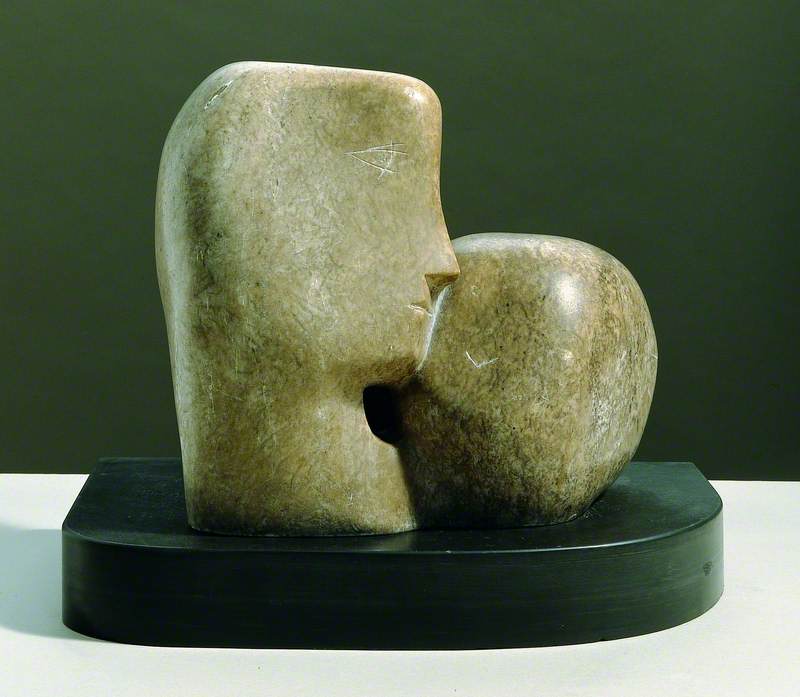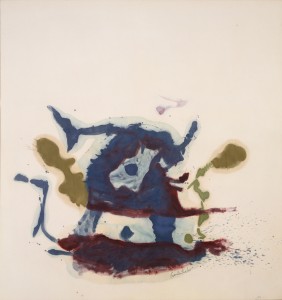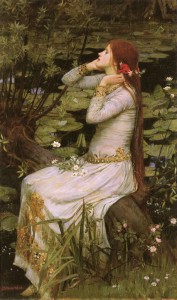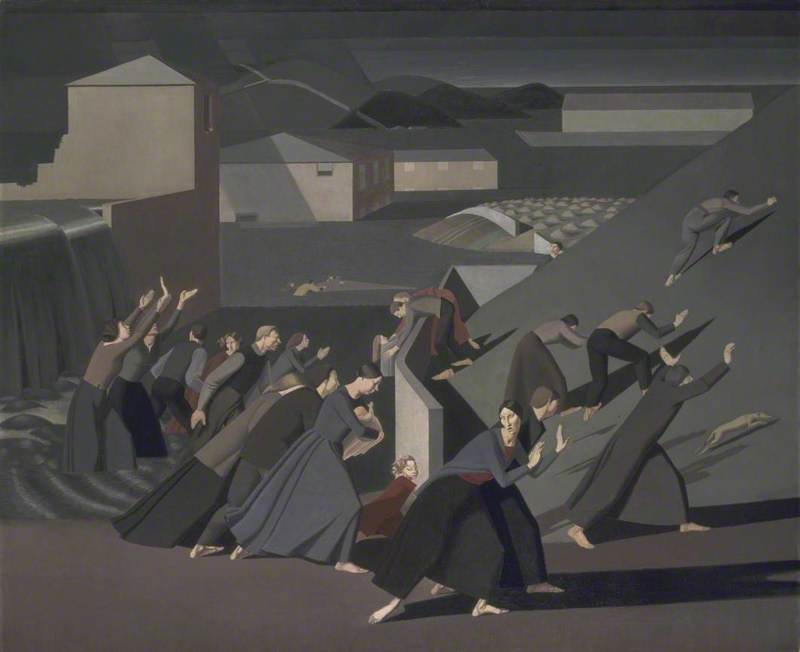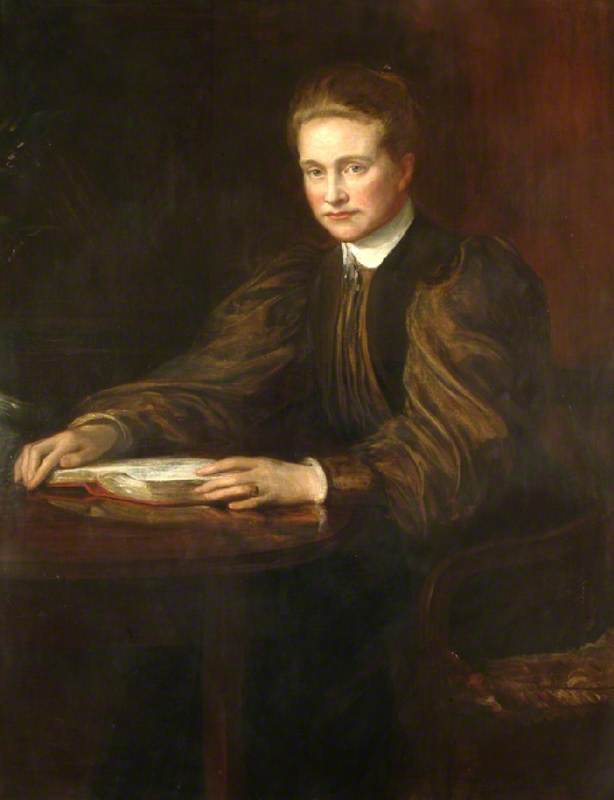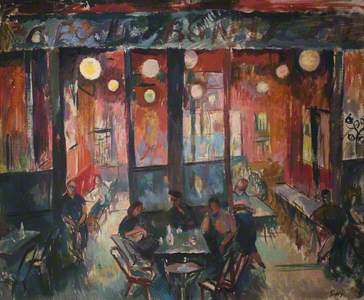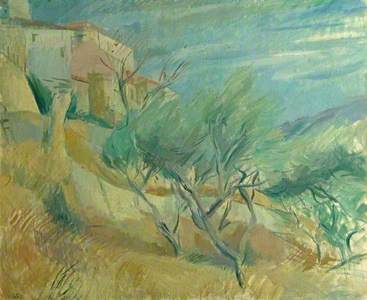There are many artists today, and historically, who work as teachers in schools. This can be a gift to their pupils, putting a whole new creative world in the hands of those who otherwise would not have access to it, and is woefully unrecognised in the art world and in art history. The fact that many such teachers are women does not help, as they remain a marginal group in the canon of artists considered worthy of our remembrance.
For Evelyn Gibbs (1905–1991), the turn to teaching after graduating from art school was forced by financial necessity – the Great Depression of the 1930s had decimated the art market. However, as Alice Strickland writes in her research on this overlooked pioneer: 'Gibbs' need to earn a living did not require her to make the radical contribution to art education that she did.'
Gibbs was sent by London County Council to teach art in schools for physically disabled children. She upended traditional conventions, becoming a key protagonist of what became known as 'The New Art Teaching' and writing a successful book outlining her methods.
Rather than instructing her students to strictly and unimaginatively copy the minutiae of perspective, light and shade in whatever they were looking at, Gibbs used as a mantra a quote by Cézanne: 'Genius finds its own methods.' Children, she wrote, 'should be left alone to express what they want as freely as possible. Once they discover they can express themselves through the medium of paint, they will go on doing so with enjoyment, fearlessly convinced of the naturalness of what they draw.'
The role of the teacher, as she saw it, was to show her students how to use materials and find the methods by which they could put their personal experience into their work. She illustrated her book with some astonishing linocut prints made by her young pupils.
Evelyn Gibbs
1940s, unknown photographer 
It was as a printmaker that Gibbs' talent was first recognised. She had trained in her home town of Liverpool and then won a scholarship to the Royal College of Art in London, where she studied from 1926–1929 and became interested in wood engraving. In her final year, she was awarded the prestigious Prix de Rome, only the second woman to win the prize.
Her prints of this time reflect the Renaissance art she saw in Italy. Sometimes on religious subjects, they are peopled with figures that feel monumentally symbolic, even if they are in modern dress, and have a tense stillness that recalls the work of that other woman Prix de Rome winner – Winifred Knights (1899–1947).
The success of her teaching methods and her book meant that Gibbs was offered a position training art teachers at Goldsmiths College, London. Here she was able to paint seriously again. Her work is represented in the college collections by several pieces, most notably her Spanish Fisherwomen, in which her talent for colour and strong stylised draughtsmanship is reminiscent of John Minton (1917–1957). Like Minton she also worked as an illustrator, producing charming images for children's books, such as Hilda Lewis's medieval story The Gentle Falcon (1952).
Gibbs' artistic career survived the Depression, and also the Second World War. Having the ability to adapt to circumstance, and the determination to make a contribution no matter the difficulties, Gibbs became one of the women who were officially commissioned by the War Artists Advisory Committee.
Three of her works were bought by the government in 1943, and in the same year she painted the Women's Voluntary Services Clothing Exchange, in which women are shown sorting and distributing second-hand clothes, perhaps the kind of role that was considered 'feminine'.
Women's Voluntary Services Clothing Exchange
1943
Evelyn Gibbs (1905–1991) 
However, Gibbs was also was asked to make drawings of the science of blood transfusion that was saving so many lives during the conflict, and in this project, she honoured the crucial work that women were doing in the laboratories, showing them at work at their benches.
In science, as in teaching, women were often relegated to an inferior role. In some cases, they were driven out altogether in the same way as women teachers, who had to give up their profession on marriage as it was considered acceptable for them to be financially dependent on their husbands. Gibbs helped in both fields to bring attention to women's work.
Blood Transfusion: Filtering Serum
1943, pencil & wash by Evelyn Gibbs (1905–1991) 
During the war Gibbs was temporarily evacuated to Nottingham, where, indefatigable as ever, she was instrumental in founding the Midland Group of Artists, an offshoot of the progressive Artists International Association.
The Group was a progressive and experimental forum that developed and promoted the work of artists and stimulated debate about education, representation and new art forms. It established relationships with peer groups around the country such as the Ikon in Birmingham and the Arnolfini Gallery in Bristol, while fostering an interest in the international art scene.
Nottingham has a legacy of Gibbs' presence in their Castle's museum and art gallery in several fine and atmospheric paintings, in which the ostensible ordinariness of a scene she experienced – a view of a street or out of a window, the smoking chimneys of factories – was used as the raw material for art-making, just as she had taught the children in her classroom.
Alicia Foster, curator








